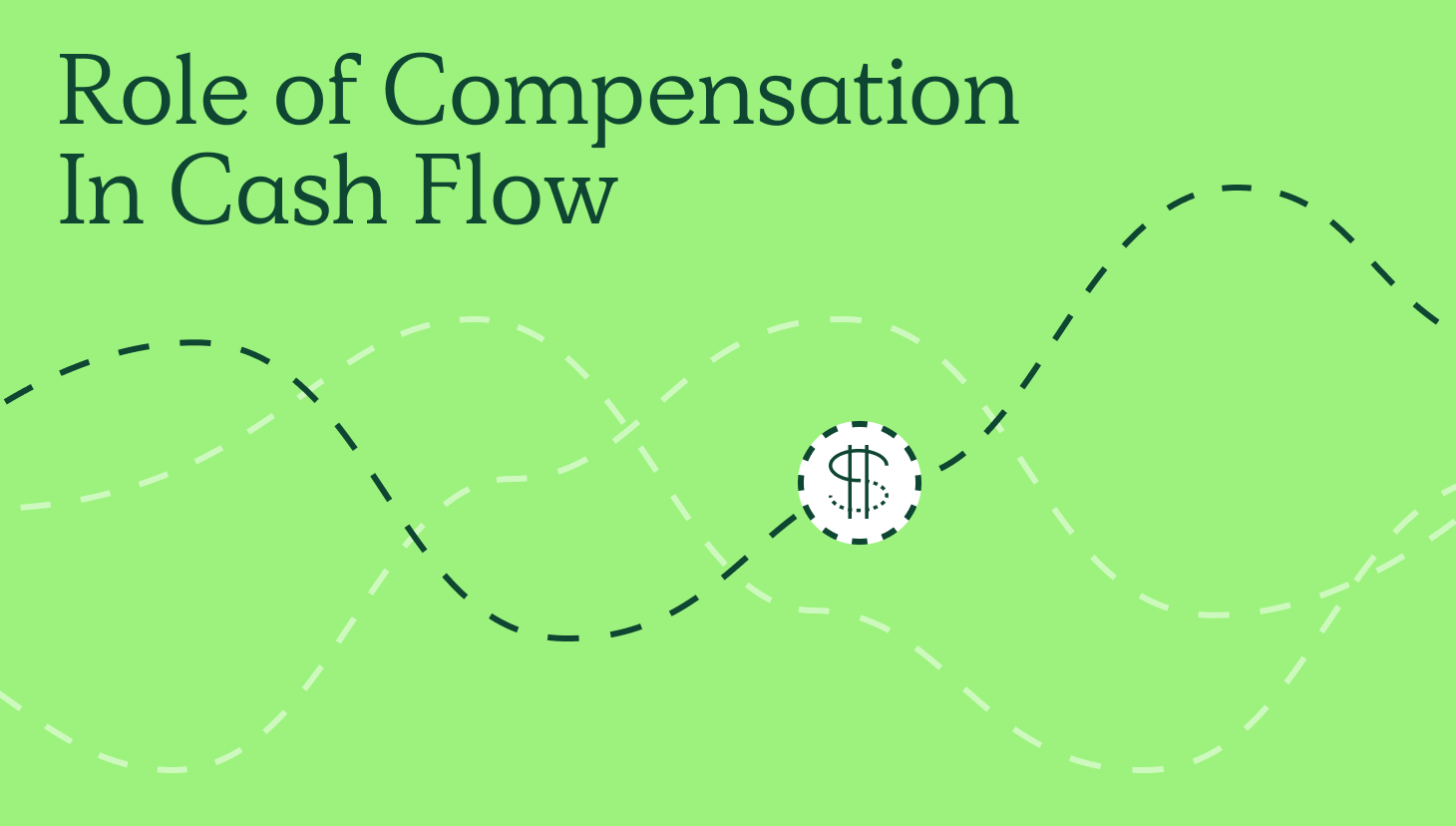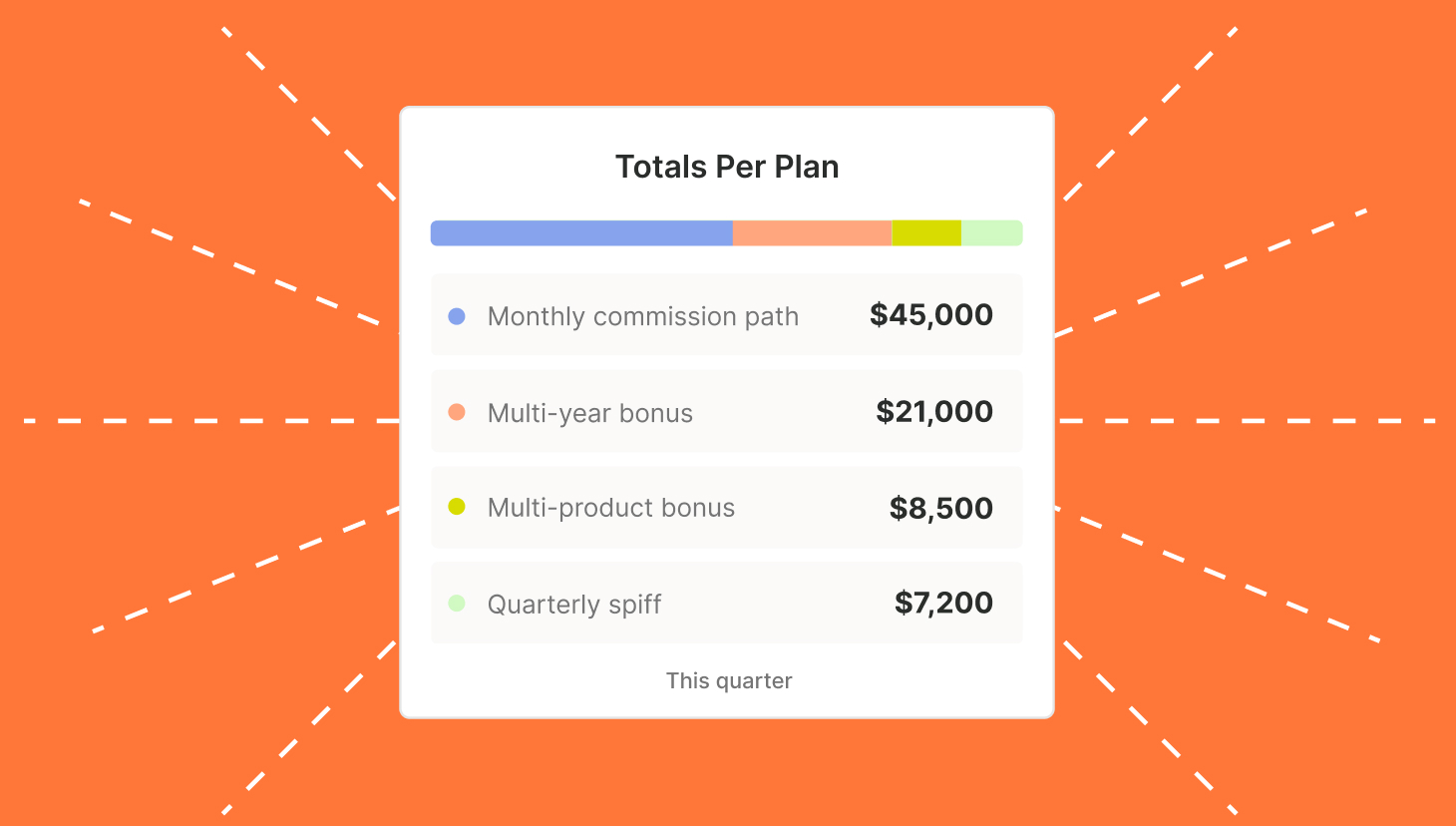HigherPeople had a banner first year.
The talent development startup sprinted past its annual targets in 2022, many thanks to the referrals and word of mouth from CEO and Co-Founder Katy Stover’s professional network.
But then 2023 planning began — and with it, a goal to double revenue.
Could they lean on Katy’s network to reach it? Sure, they could try.
But Katy and her team, a group of experts who excel in hiring strategies for early-stage startups, recognized the need for a legitimate sales practice.
“It was very clear that in order to grow and expand, we needed to have a true, dedicated salesperson, methodology, and process,” said Katy. “We could stay a small agency, but we would only get so far.”
About HigherPeople
Launched in 2022, HigherPeople helps early-stage startups recruit, reskill and retain people. Startups partner with HigherPeople for recommendations on what roles to hire for (and who to hire), how to build competitive and healthy compensation packages, and frameworks to build career pathways and employee retention strategies.
What to look for in your first sales hire
As such, Katy and her team kicked off the process to bring on their first salesperson, an experienced leader that blends strategic know-how with a hunger to prospect and win business.
The title? Head of Business Development.
Katy and co. set out to find a seasoned sales professional capable of building a forecasting model and identifying buyer personas while firing off prospecting messages. A unicorn of sorts in the startup world.
“We wanted a relationship seller who is strategic, analytical, has a deep understanding of buyer personas and pain points, with proven success in building a team and methodology from the ground up,” said Katy.
Still, despite what some would consider a tall order of an experienced leader willing to take on outreach efforts, Katy and her team scored a hire quickly. In two months and rigorous rounds of negotiations, HigherPeople had an offer letter signed and returned.
Below, we asked Katy how she hired her first salesperson and how she created an attractive sales leadership compensation package to match.
How did you start your process to hire your first sales leader?
Katy: We did what we do with our clients by starting with a “search kickoff.” This is a document that outlines all the things we need: what we’re looking for as far as goals, KPIs, comps, target companies, and personas. Then we build a rubric to assess candidates and assessment criteria to match this rubric. Most of this happens in behavioral interviews but some of it gets covered in a case study.
Our interview process for this role started with a 30-minute interview with me, which often went over because of their questions (which is a good sign for a strategic role). Then they would speak with our Head of Operations. I told them it was a reverse interview so that they could assess our organization to see if they wanted to work here. Then, I would touch base with them again and follow up with a case study. The final step was a panel interview with our recruiting team to check for culture.
What did your case study entail?
The case study is always the most telling part. It makes or breaks. You really see the difference between a junior-level and a senior-level candidate. We provided two prompts. The first asked them to walk us through how they would grow ARR from our current number to our target.
When they presented, we assessed presentation skills, analytics, and how they broke down the math to get to the target. Candidates that did not do well gave high-level answers. Meanwhile, senior-level candidates asked for all the data and were very analytical about how to get to the numbers.
We asked “how would you take this new product to market” for our second prompt with very little information. This one evaluates their startup scrappiness and how to leverage resources in the universe to gather research.
Candidate case studies best practices:
Don’t ask every candidate to do it. Only assign these to candidates that you’re really serious about. Make sure to set clear expectations. “We told our candidates that we want to see how you think about structure and process,” Katy said.
She also made herself available for a sync after assigning the case studies to address any questions. These syncs were pretty telling as far as the specificity of the questions they had, and if they requested a sync at all.
How did you approach sales compensation for your first sales hire?
Strategic leadership roles are hard, but Sales is especially difficult because there’s so much nuance. We had to talk through who owns a deal, and what happens if this person starts the relationship, then leaves, or is fired.
Our lawyer educated me through every question.
We also were flexible throughout the negotiation process. Where we landed was different than where we started as we talked with more people and iterated accordingly.
We ended up with a commission structure that includes a 75% to-goal cliff based on a quarterly quota and a profit-sharing model if HigherPeople hits 100% of our annual target. This combines a short-term KPI with commissions and a long-term KPI in profit-sharing.
Create Compensation Plans with confidence
RevOps, sales leaders, and finance teams use our free tool to ensure reps’ on-target earnings and quotas line up with industry standards. Customize plans with accelerators, bonuses, and more, by adjusting 9 variables.
Build a Comp PlanHow did you present your sales leadership compensation package to your final candidate?
We came up with three options, which we recommend for early-stage startups. Candidates love it because they feel like they are in control. It allows them to say they care most about equity or a high-base option.
What did you learn from this hiring and comp planning process?
First, we learned to be nimble on the overall package. What we thought someone would be excited about ended up being different than what candidates really wanted.
Secondly, we learned people really want equity. If companies don’t want to do equity, profit sharing is a much better alternative. They see that money sooner and it’s a much lower-risk option for the business because you’re not giving any percentage away of your company.
Third, to find the best people, you have to interview various levels of experience. This will help you learn what you want and need.
Lastly, what advice would give startups looking to make their first sales hire?
Titles: Startups are quick to say, “I need a CRO!” as their first hire. But you have to break this down. We went with “head of” because it encompasses someone who is a hunter and someone who is strategic. Early-stage companies sometimes inflate job titles and roles. This can hurt you. CROs don’t expect to be AEs, nor should they. So be careful about titles.
Compensation: Think about short-term vs. long-term incentives and how to capitalize on both without breaking the bank. If your most important goal is to close on a big deal this quarter, then don’t give equity. But if you want them to build a 10-person sales team and formal sales process, then give them short and long-term wins.
KPIs: Set clear KPIs from day one. Make sure they understand the expectations of the day-to-day role.
Candidate-driven process: Talk to your candidates. Text them. Be a resource and give feedback if you don’t move forward with them. I want people to come out a raving fan of my company and of me when they go through our interview process.
The person we moved forward with had two other higher offers and yet he went with us because of our culture and how closely we worked together throughout the process.
Be a kind, thoughtful human that people want to work with.
* * *
Thank you Katy for sharing your insights! To learn more about HigherPeople, reach out to their team today.
About QuotaPath
QuotaPath supports growth-stage companies with automated commission tracking and sales compensation management. Sync your CRM and manage your entire sales compensation process within QuotaPath. Increase sales comp visibility to motivate and align your teams.
To learn more, schedule a time with our team to chat or try QuotaPath for free for 30 days.



